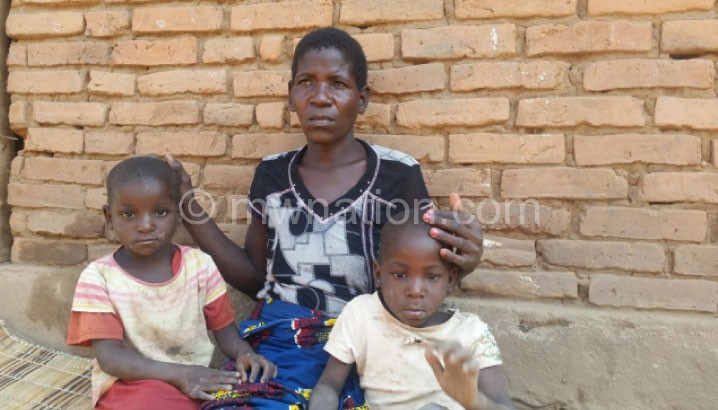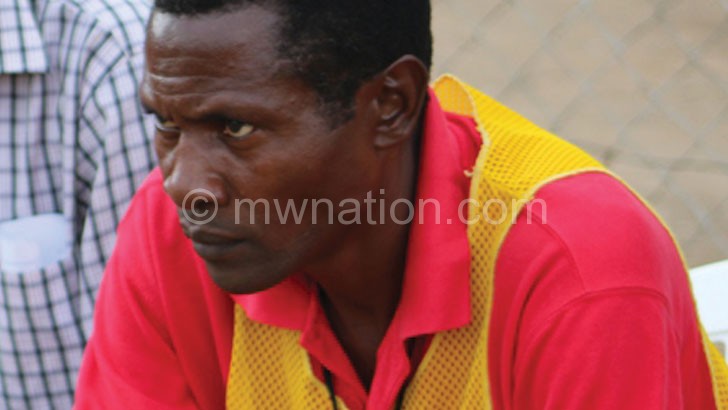Risky walks to maternal health
Giving birth with assistance of skilled health workers is credited with reducing pregnancy-related deaths and complications.
However, Lucy Nyalwimba, 43, risked dying of preventable conditions when she delivered her third-born with the assistance of a traditional birth attendant in Zindi Village, Karonga.
The pregnancy was almost “13 to 15 months”, over four months past the ninth month when she was due to deliver safely.
“This was my third baby born with the help of a traditional birth attendant, but the decision proved costly. I lost the baby and ended up bedridden for three months due to severe bleeding and other complications,” she recalls.
The mother may have survived the country’s massive maternal mortality rates, with up to 574 lives lost in every 100 000 babies born alive. However, the newborn’s death personifies an avoidable crisis as nearly 42 children in every 1 000 babies die before their first birthday in the country.
“I didn’t deliver at home by choice,” she says.

Her risky encounters with the banned TBAs date back to her first pregnancy in 1999, when almost 50 women were giving birth at home.
With 11 women reported to have died giving birth since July last year, pregnant women in Karonga are increasingly rushing to health facilities for regular checkups and delivery.
However, rural dwellers have to surmount long distances since nearly all 19 health centres in the district are predominantly situated along Karonga-Chiweta tarmac road.
Currently, only Chilumba and Nyungwe have waiting homes—a setback to the requirement for pregnant women to camp at the nearest clinic at least three months before labour.
In her remote area, Nyalwimba recently walked about 25 kilometres to give birth to twins at Kasoba Health Centre.
The woman, who walks nearly as much to get to Karonga District Hospital, vividly recalls the day she lost the baby.
She says: “My relatives worked very hard to carry me to the hospital. With no faster means of transport in sight, they used a door of my hut as a stretcher. Sadly, the distance was just too long to save the baby. That is why we opted for a nearby traditional birth attendant.”
Access to proper medical attention and hygienic conditions during delivery can reduce the risk of complications and infections that often lead to death or serious illness for mothers and babies, World Health Organisation (WHO) recommends,
Interestingly, the number of babies delivered at the hands of skilled health workers is increasing.
Preliminary findings of the 2015 Malawi Demographic and Health Survey (MDHS) show up to nine in 10 babies are born with the help of a trained health worker—up from just 56 in the 2004 and 71 in 2010.
But the leap is higher in urban settings than rural areas where Nyalwimba’s plight personifies the dilemmas most Malawian women face. About 95 out of 100 urban mothers gave birth in a health facility, while the rural dwellers achieved just 89 percent.
The rural areas, where over two out of three Malawians live, boast deep-rooted cultural beliefs and misconceptions that force women to prefer TBAs to skilled health workforce
In Karonga, just about five in 100 pregnant women attend antenatal services in the first three months after conception.
“This means danger-warning signs are not diagnosed on time,” says district health officer Dr Khumbo Shumba.
He described the long walks to healthcare facilities and reliance on TBAs remain major drawbacks to saving women and children from preventable deaths.
Ministry of Health recommends that pregnant women, especially those with danger signs, should be closer to health facilities.
“But only Chilumba and Nyungwe in Karonga have waiting homes. When women have complications, it becomes difficult for them to reach the nearest health facility,” Shumba explains.
He also described the district’s referral system as weak, with only three ambulances serving a population of 350 000. In line with WHO standards, the ministry prescribes one ambulance for a catchment areas comprising 50 000.
Christian Aid Malawi recently donated an ambulance as part of a K1.3 billion partnership with the Foundation for Community Support Services (Focus) and Adventist Health Services (AHS) to improve maternal and neonatal health of over 27 000 women and children in Karonga.
Apart from the ambulance, the initiative has equipped health facilities with an ultra sound scan machine, oxygen concentrators, trolleys, wheelchairs, baby beds, digital, manual BP machines and other vital accessories.
Improving maternal health and child survival is also a key theme of Moyo ndi Mpamba project by the Ministry of Health and SSDI.
Nyalwimba, who recently birthed twins delivered at a health facility, is one of the beneficiaries of the USAid-funded health initiative being run by Malawi Red Cross Society.
Looking back, she said: “If I was knowledgeable enough earlier, I would have saved my child.” n





